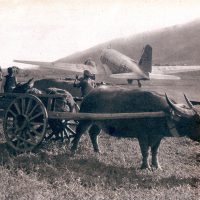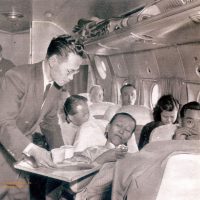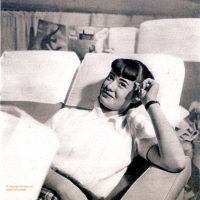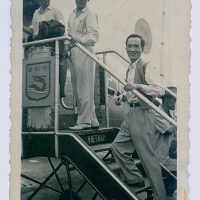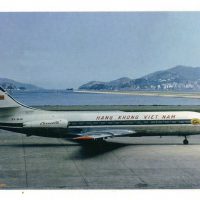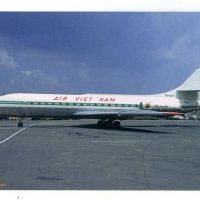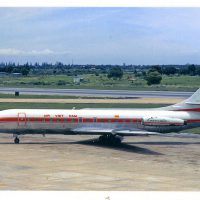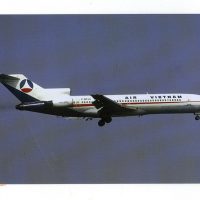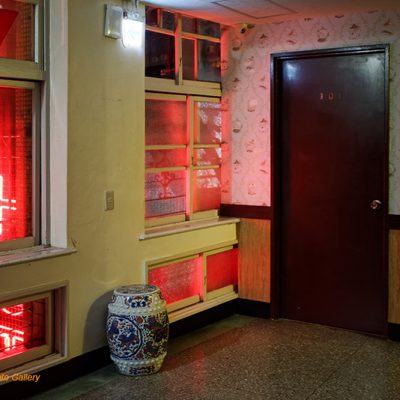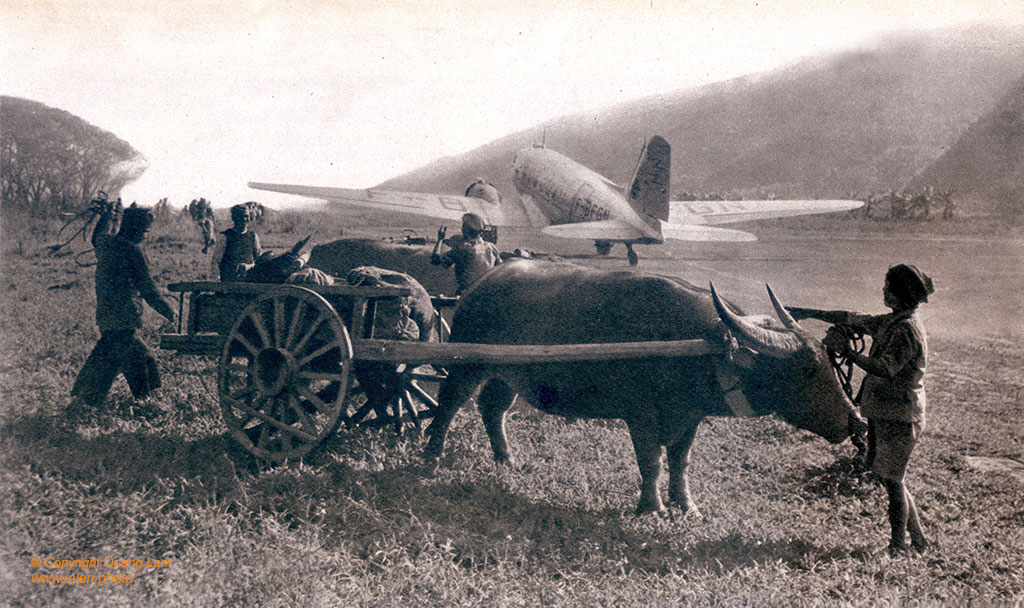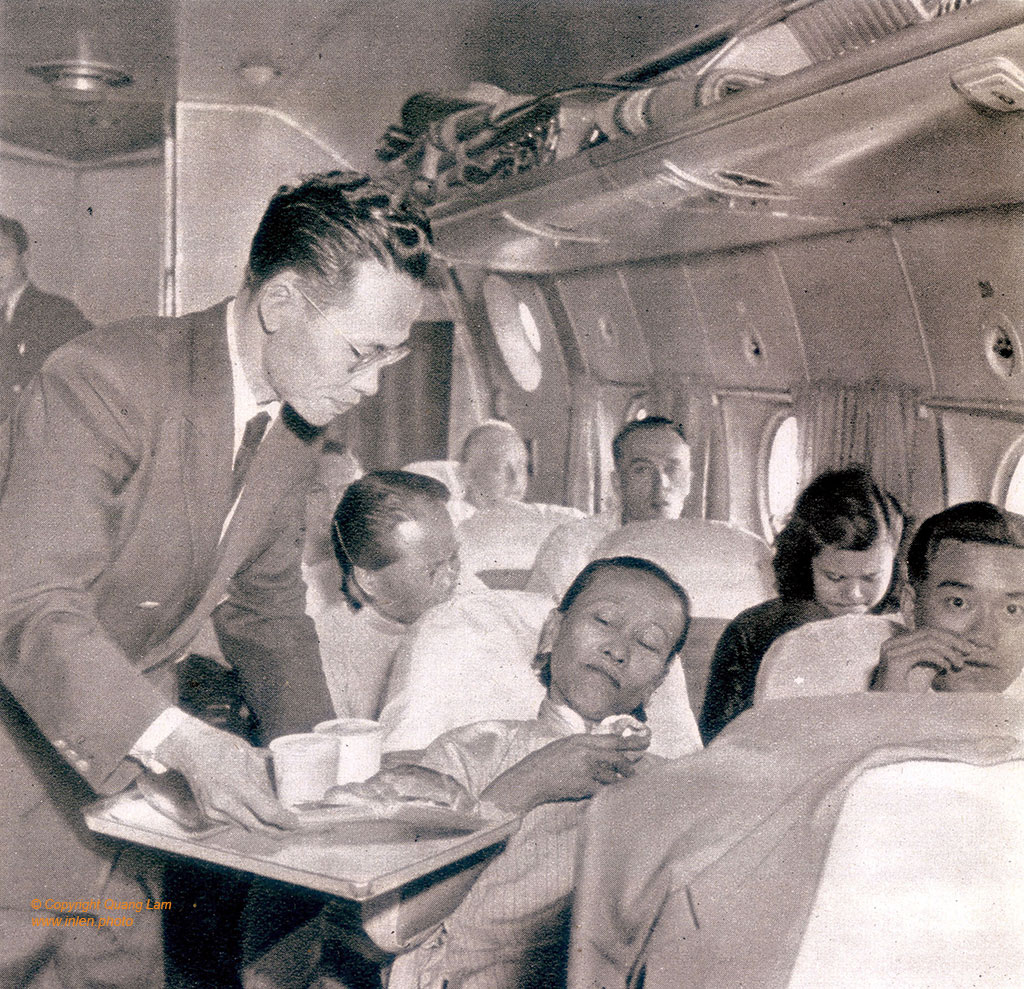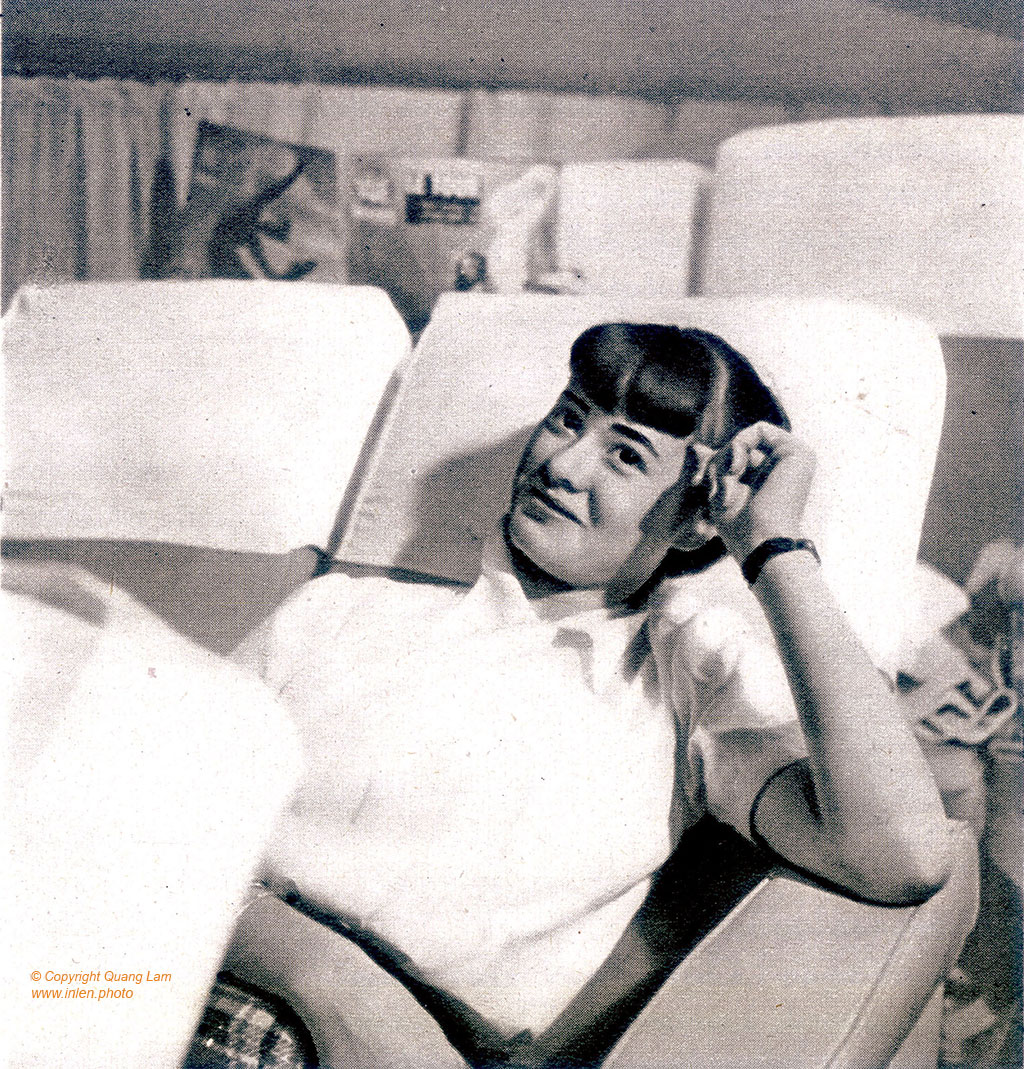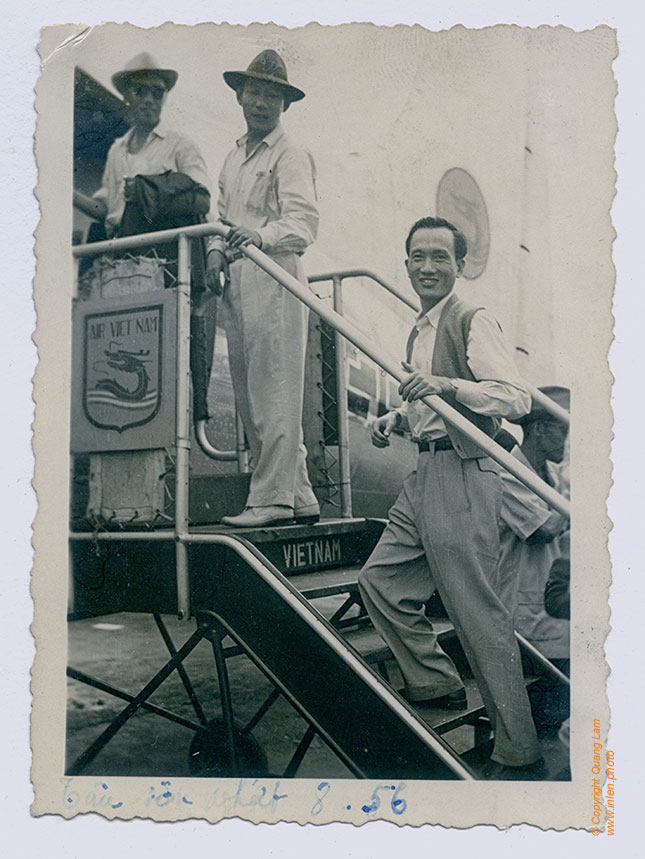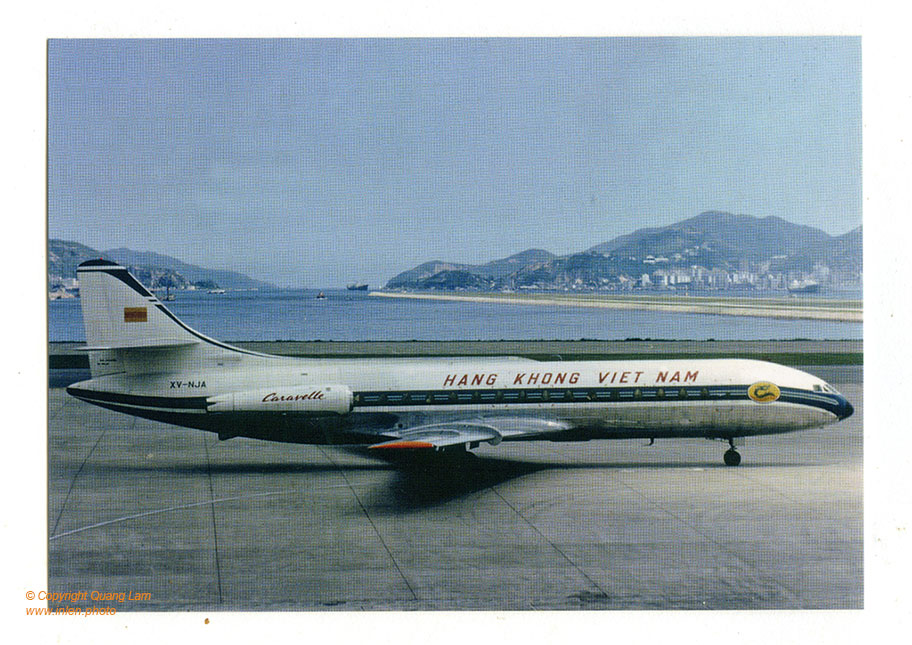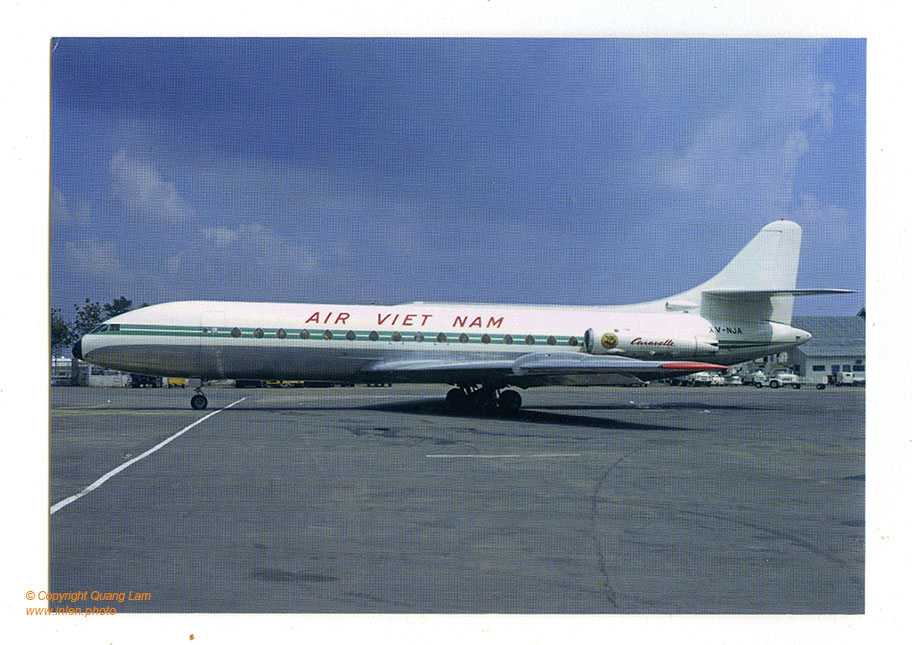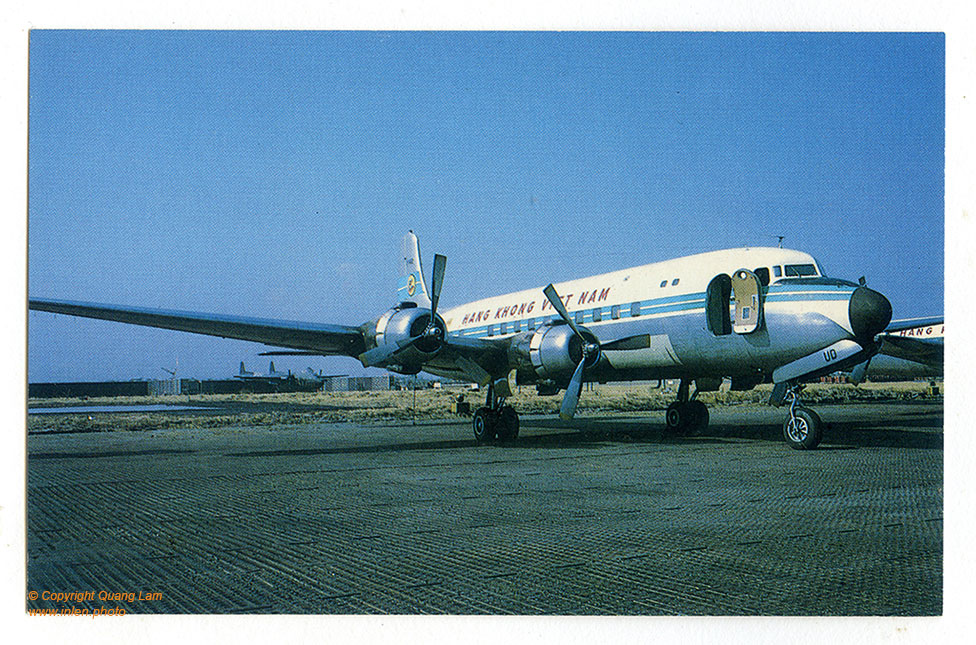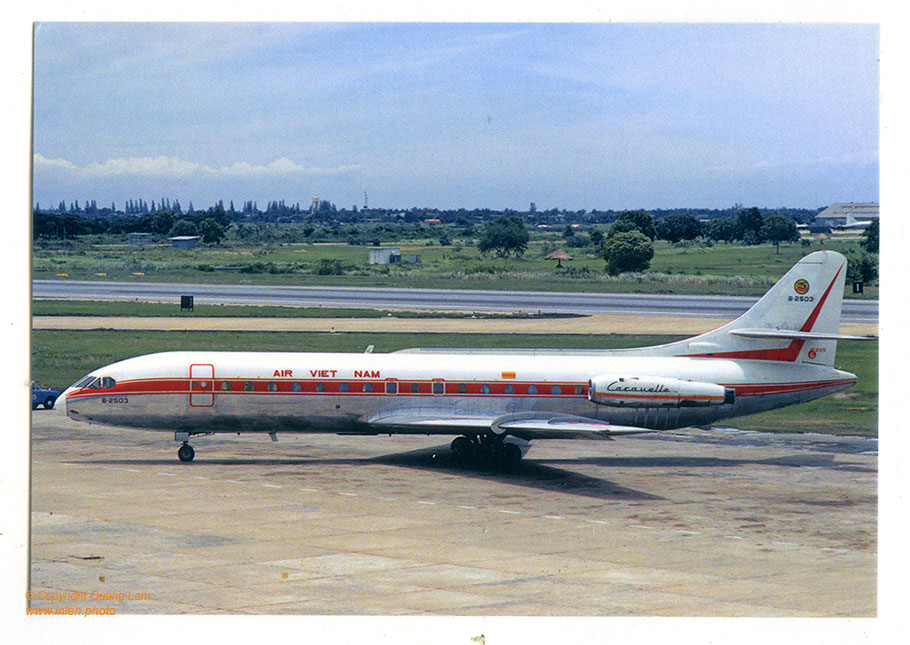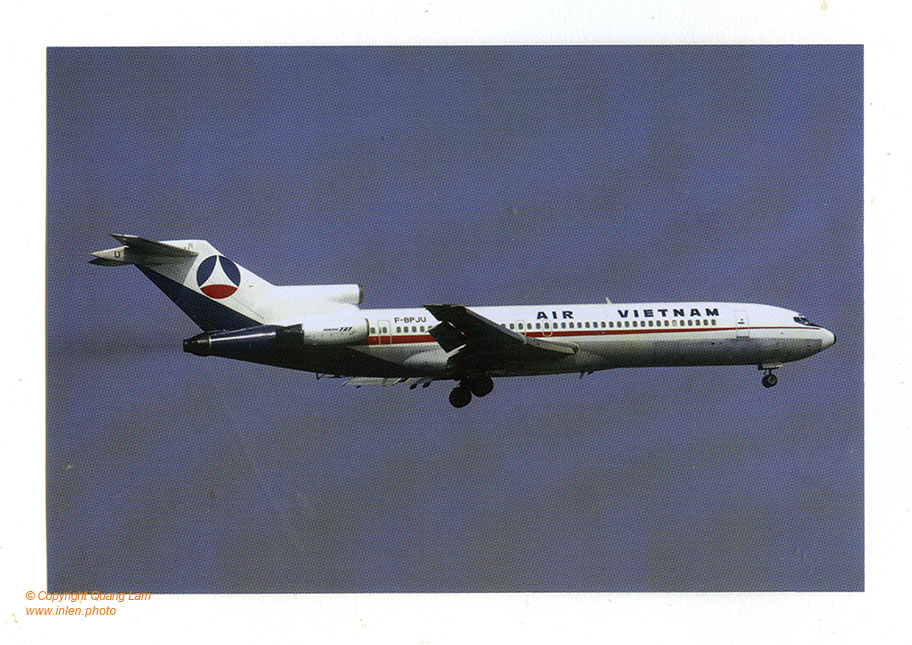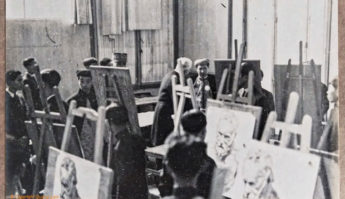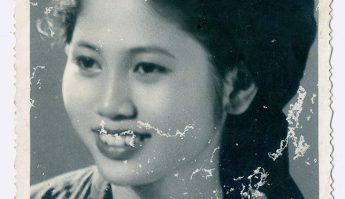Air Vietnam – History of the airline company creation in 1950
These exclusive documents (text, images) of Air Vietnam are part of our collected archives. They fill the gap in the official narrative of Vietnamese Aviation.
Used in the Art Project – Air Skylen, these archives show how it was critical for the country to own its airlines in the decolonisation history defining hence its new and modern identity.
Extracts of the article in Air France Magazine 1950
by MAURICE LEMOINE, general secretary of Air France
It was one of the first commercial enterprises in the young state to associate French interests with those of the government. Vietnamese. The latter holds half of the capital, the other half being distributed among various French shareholders, first and foremost Air France. From multiple points of view, this Air Vietnam creation is worthy of attention. [..]
The Company operating in Vietnam, the main shareholder being the Vietnamese State, it was in the order of things that the presidency was devolved to a Vietnamese administrator chosen by its government. The young State also wanted the director of services to be one of its nationals, and satisfaction was given. However, the presidency and management being in the hands of its representatives, it was necessary to avoid that the conduct of the affair gave too much space to general policy concerns to the detriment of technical and commercial requirements. [..]
So here is Vietnam with its national air transport company. Is it necessary to emphasize that this enterprise was born for him under exceptionally advantageous conditions? Through it, the young State reaps the benefit of the experiences made and the achievements made by the operators from whom it takes over. It is perhaps useful to recall in this regard that if, in the current period, air transport has reached a satisfactory degree of profitability, it was significantly in deficit during the very large part of the twenty-year period during which Air France operated air services in Indochina. [..]
It is very rare that a company sees its beginnings so greatly facilitated. The French authorities have thus demonstrated their desire to assist the Vietnamese State and to model their vision of national interests on this achievement. The new Company, whose dimensions and potential fall within the limits of Vietnam and neighboring states, is not designed to provide long-haul services. [..]
The operation of such services entails considerable investments and, consequently, under penalty of very heavy deficits, requires a broad commercial base supported by very large traffic reservoirs. The conditions offered to Air Vietnam did not meet these data, it was agreed between its government and the French government, under the terms of a joint declaration dated June 18, 1950, that air relations between Vietnam and distant territories — including France — would, for an initial period of fifteen years, be provided by Air France, to which other French operators may be added. The cooperation between French and Vietnamese interests established in Air Vietnam finds in this provision an extension favorable to its success. [..]
The operation of such services entails considerable investments and, consequently, under penalty of very heavy deficits, requires a broad commercial base supported by very large traffic reservoirs. The conditions offered to Air Vietnam did not meet these data, it was agreed between its government and the French government, under the terms of a joint declaration dated June 18, 1950, that air relations between Vietnam and distant territories — including France — would, for an initial period of fifteen years, be provided by Air France, to which other French operators may be added. The cooperation between French and Vietnamese interests established in Air Vietnam finds in this provision an extension favorable to its success. [..]
To cope with these tasks it has three Douglas DCs. 3 brought by Vietnam which had received them from the high commission, three Bristols coming, one from a purchase, and two from contributions in kind and, for the service of Hanoi and Hong Kong, long- couriers and large DC carriers. 4 which it charters to Air France. This multiplicity of types of machines with varying capacities and various conditions of use allows the equipment to be adapted to the importance of traffic flows. From this angle, it is a favorable element for Air Vietnam. [..]
In recent years the volume of air traffic has continued to increase in the associated States. The number of passengers transported, which was 80,000 in 1948, 139,000 in 1949, rose to 171,000 in 1950. As for goods, the number of tons loaded and unloaded increased from 23,000 in 1949 to 33,000 in 1950. [..]
Although there are remarkable achievements in the areas of road, rail and water, they are far from weaving, across all territories, a tightly knit network. This is a sustainable situation, because the widespread multiplication of surface routes equipped with the necessary engineering structures is incompatible with the various economic data. Dispensing with the construction of expensive motorable roads where credits are swallowed up, the plane connects production centers that were hitherto isolated or accessible with difficulty and slowness to large ports and large markets. The use of appropriate equipment makes it possible to limit the infrastructure effort to the preparation of a landing and take-off area at a limited cost. [..]
Just as in Madagascar, to cite just one example, certain agricultural operations have themselves prepared the land on which planes come to collect their crops, similarly, in Vietnam, various plantations, thanks to the same process , today sell their products to the sea and urban centers. As proof is given every day in Canada, Australia, Central Africa and, more generally, in all territories with vast expanses dotted with large regions of very sparse population, the use of the plane will have the consequence, in the States of Indochina, to intensify and even create currents of exchange between regions hitherto without relations or maintaining only widely spaced ones. [..]
We can also add that the populations of Vietnam and neighboring countries do not seem to have the apprehension towards flying that we still encounter too often in the countries of Western Europe, and this taste for Air travel can only serve the growth of the new Society. As I mentioned at the beginning of these lines, the future prospects opening up for Air Vietnam are therefore very favorable. [..]
We must wish the young Company a future that meets all these hopes and growing prosperity in a country restored to peace.



